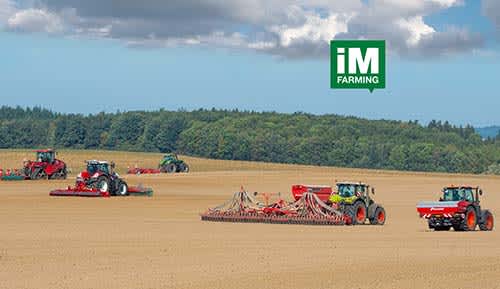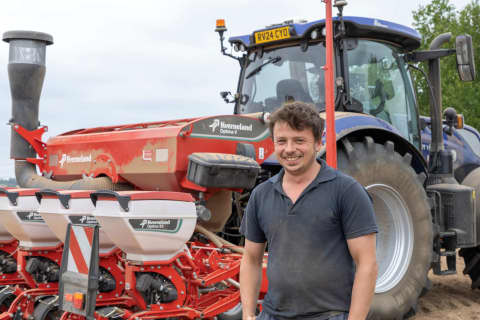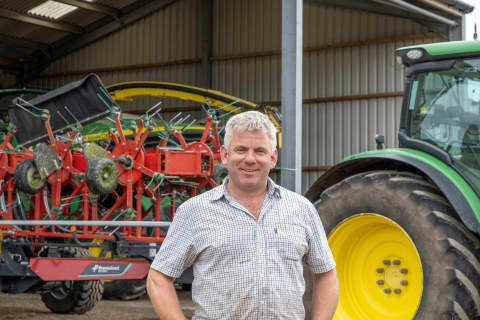Choose the best farming solution for you and your land. Combine the highest possible yields with sustainability. This will start with the correct tillage. The choices you make depend on various factors and should match your specific circumstances, like soil structure, crop rotation, residue management, economic and ecological viabilities.
You must consider environmental and legal issues. From conventional methods to conservation tillage: the balance of operations at the right time has to be found to achieve high yields with the best soil condition (air, moisture, biological activity, etc.) with a minimum amount of energy, time and investment. For this, Kverneland offers a full range of intelligent farming solutions.
Conventional tillage
Intensive method of cultivation
• Complete soil inversion e.g. by a plough
• Less than 15-30% crop residues left on soil surface
• Seedbed preparation done by an active tool or special seedbed harrow
• High phytosanitary effect by reduced pressure of weed and fungi diseases - fewer herbicides and fungicides needed
• Better dry-off and faster increase of soil temperature for better nutrients absorbation
Conservation tillage
Mulch Tillage
Reduced intensity in terms of depth and frequency
• More than 30% of residues are left on soil surface
• Extended repose period of the soil
• Cultivator and/or discs incorporate the crop residues within the top 10cm of soil for stable bearing soil
• Full-width tillage - seedbed preparation and seeding in one pass
• Protection against soil erosion; reduce soil loss by run-off and improve water storage capacity.
• Improvement of soil moisture retention
Strip Tillage
• Zonal strip loosening before or during seeding of up to 1/3 of the row width (Loibl, 2006). Up to 70% of the soil surface remains untouched
• Strip-till combines the soil drying and warming benefits of conventional tillage with the soil-protecting advantages of no-till by disturbing only the area of the soil where the seeds are placed
• Exact fertilising deposit
• Soil protection against erosion and drought
Vertical Tillage / No-Till
• Extensive method
• Working soil vertically avoids additional horizontal layers or density changes
• Increasing water infiltration, root development and nutrient take-up
• Plants’ roots dictate the overall health of the plant, as they deliver nutrients and water throughout the season, contributing to a higher yield
• A strong set of roots make plants more resistant to wind and drought.
• Lower energy input required




